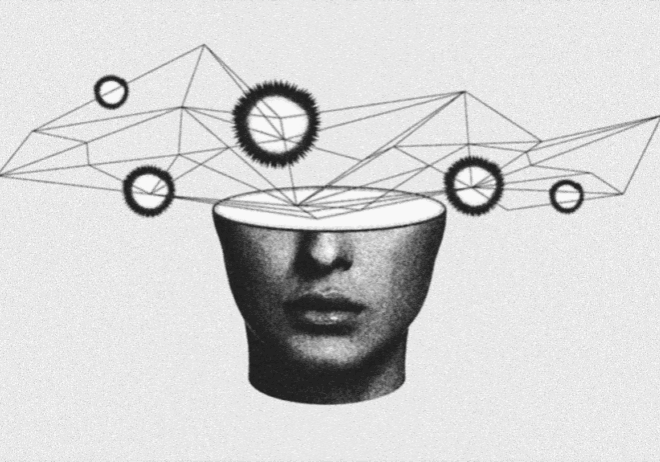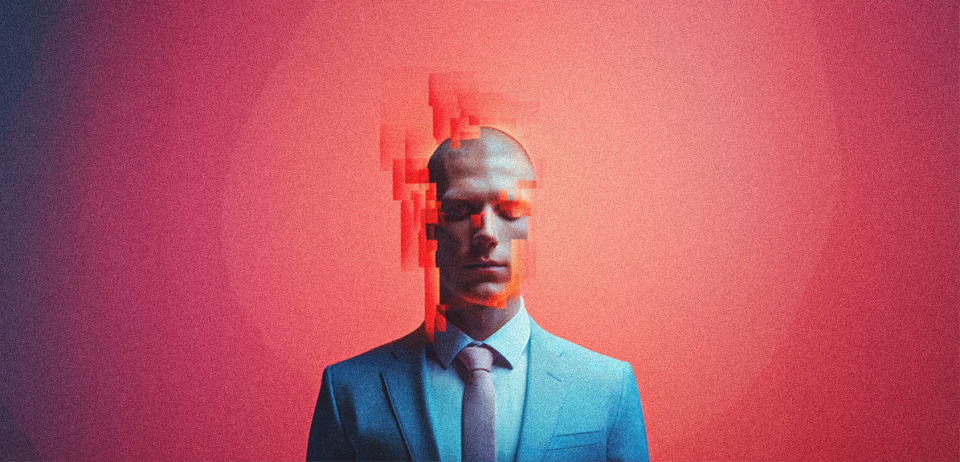
Virtual Influencers in 2025: Are They Replacing Human Creators?
Unexpectedly, a new influencer pops up on your feed while mindlessly browsing through your social media, checking on the reels, double tapping on the selfies, and savoring the mouthwatering food photos. That influencer seems like the ideal person you’ve always been searching for because of their flawless appearance, sense of style, and charm, but something doesn’t feel quite right. Wait —they’re not real. That’s right, they are totally virtual, crafted with pixels and algorithms. Interesting, right?
This is no longer a sci-fi or fantasy film. The popularity of virtual influencers is growing, and by 2025, they may play a significant role in the influencer market. So, what’s the deal? Are they going to steal the spotlight from the real-life influencers, or is it just a passing digital wind that will fade out? The possibilities are pretty much endless. But the big question remains: will they replace human influencers altogether? Let’s break it down.
So, what exactly are virtual influencers?
Virtual influencers are digital characters, basically computer-generated avatars—who are launched on social media to engage with fans and even do sponsored promotions. You must have scrolled through virtual influencers having a killer fashion sense, drop catchy tunes, or just vibe with their followers like any other real influencers. These influencers are 100% created, designed and curated by brands or social media people, mostly by tech wizards or brand teams.
Take Lil Miquela, for example. She’s an Instagram star with millions of followers, collaborating with big-name brands like Calvin Klein and Prada. Despite being entirely computer-generated, she’s got all the star power of a human influencer, and she’s showing no signs of slowing down.
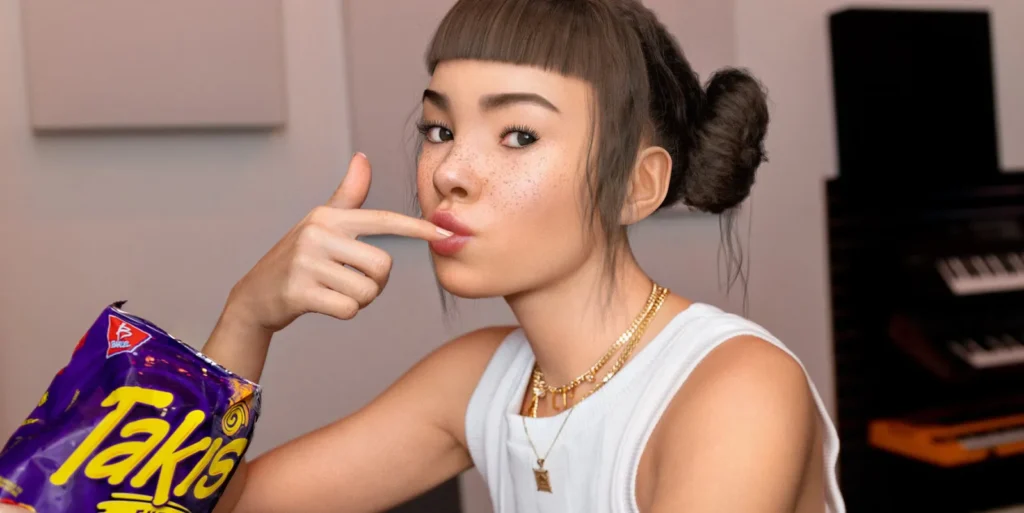
In 2025, expect more and more of these virtual personalities to rise, taking on bigger roles in everything from fashion to gaming to…well, who knows what else? With virtual influencers, the possibilities are pretty much endless.
Human influencer vs Virtual influencer: how these two compete with one another
It’s a battle of the ages—literally. On one side, we have human influencers: messy, relatable, and oh-so-authentic. Conversely, virtual influencers are faultless, drama-free, and consistently consistent with their brand. Can a virtual influencer actually take the crown from a human influencer? Let’s check the points:
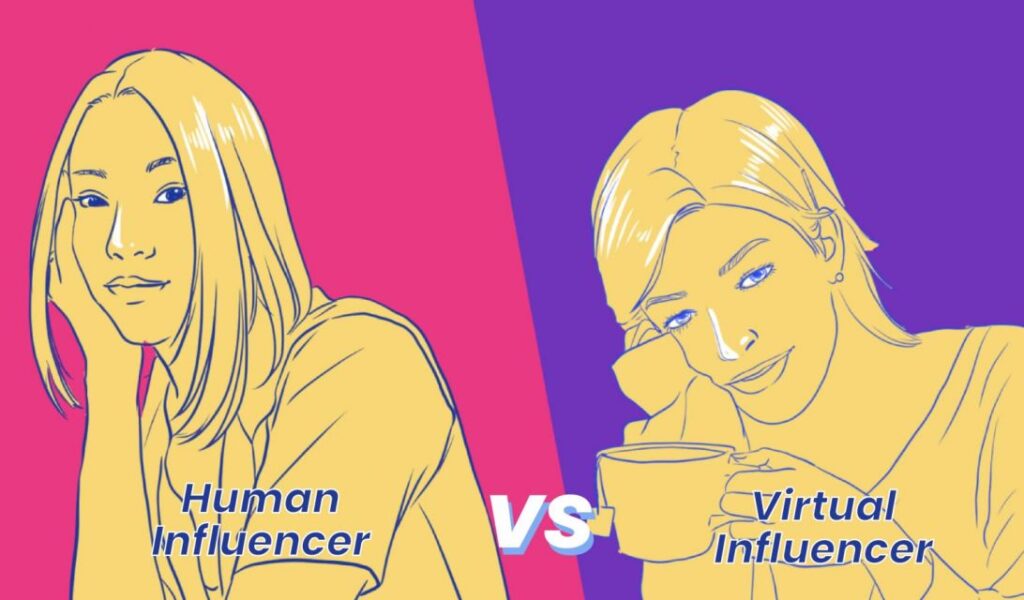
Realness vs. Perfection: Humans overshare, they make typos, they have bad hair days—basically, they’re real. That’s what makes them so relatable. While virtual influencers are picture-perfect, every photo and every caption is curated. No bad angles, no bad moods, no last-minute breakouts before a big campaign.
Drama vs. Brand Safety: One wrong tweet, and boom—scandal. Brands sometimes take a risk partnering with real people because, well, real influencers can be unpredictable. While virtual influencers have no controversial opinions, no messy breakups, no surprise Twitter rants. They stick to the script flawlessly.
Connection vs. Customization: Fans connect with real influencers because they see parts of themselves in them. Their struggles, triumphs, and even goofy moments feel genuine. While virtual influencers are built to fit whatever the audience wants. Want an influencer who’s a skater, a fashion icon, and a gamer? No problem, you can create one.
Evolution vs. Eternity: Humans grow, change, and sometimes even quit social media. That journey can be inspiring—but it also means they’re unpredictable. While virtual influencers don’t age, they don’t burn out, and they don’t suddenly decide to move to a cabin in the woods. They’re built to last forever.
Let’s unlock the fact why virtual influencers are gaining so much popularity
There’s no denying it—virtual influencers are stealing the spotlight. But what makes them so irresistible? For starters, they’re straight out of the future. Gen Z thrives on tech-driven trends, and these AI-crafted influencers are like something from a sci-fi blockbuster—except they exist right now. From their hyper-stylized looks to their curated digital lives, following them feels like stepping into an alternate reality where fashion, gaming, and internet culture collide in the coolest way possible.
Then there’s the endless customization. Want an influencer who’s a streetwear-loving skateboarder with a soft spot for indie music? Done. Prefer one who’s all about high fashion, luxury travel, and skincare routines? Easy. Virtual influencers can be designed to fit any niche, personality, or aesthetic without ever going off-brand. They don’t age, they don’t switch styles overnight, and they definitely don’t have bad hair days—making them the ultimate brand-friendly faces.
And speaking of brands, virtual influencers are an advertiser’s dream. No missed deadlines, no unexpected controversies, and no last-minute creative differences. They’re fully adaptable, always polished, and drama-free. Need the perfect campaign look? A virtual influencer can nail it with just a few digital tweaks. While human influencers bring personality, virtual ones bring precision—and in a world obsessed with branding, that’s a game-changer.
Do you know about these real-life virtual influencers?
The future of influencer culture is shaping up to be wild, and honestly, who knows? Your next favorite creator might not just be human. Now that’s a mashup we can’t wait to see. But before we get ahead of ourselves, let’s check out some of the most iconic virtual influencers already making waves
Lil Miquela: Probably the most well-known of them all, Lil Miquela is a Brazilian-American digital model who’s made major waves in the fashion and music industries. She’s worked with top-tier brands like Calvin Klein and Samsung. With over 2.4 million, she’s a real influencer—except, you know, she’s a computer-generated creation.

Shudu: Created by fashion photographer Cameron-James Wilson, Shudu is a digital supermodel who’s modeled for luxury brands like Fenty Beauty and Balmain. Shudu’s stunning and photorealistic features have made her a staple in the fashion world, blurring the line between art and marketing.
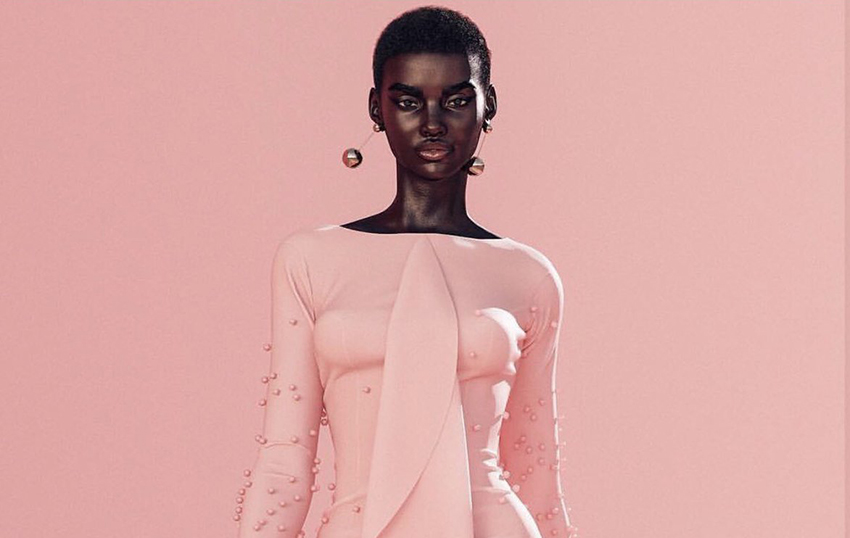
Imma: Imma’s another virtual influencer that’s killing it in Japan. She’s all about fashion and beauty, and her rise has been meteoric. With collaborations across both Japan and the US, she’s proving that digital influencers don’t just belong to one corner of the world—they’re global.
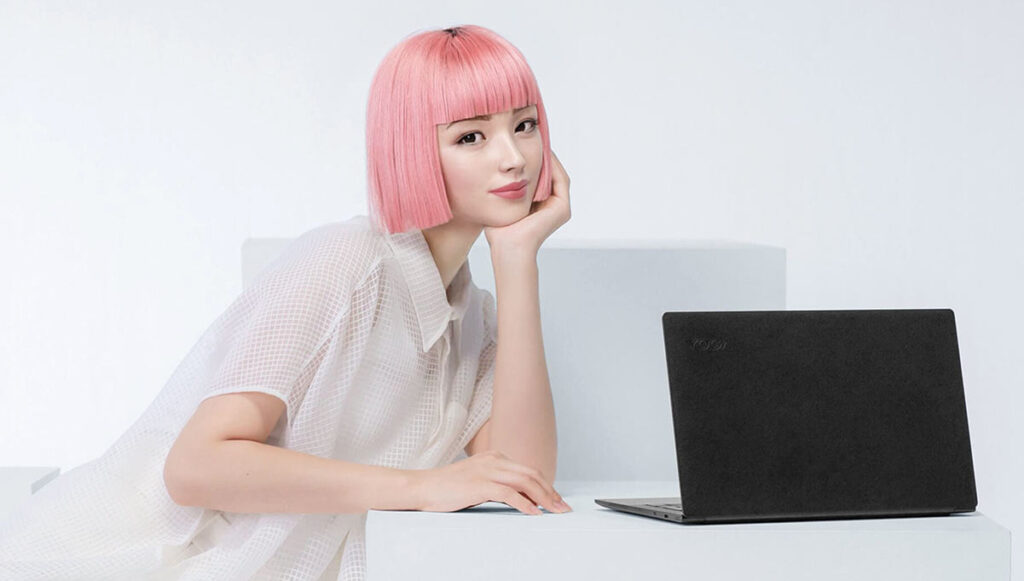
So, Are Virtual Influencers going to replace human creators?
In a nutshell: No, it won’t happen. While virtual influencers are undoubtedly becoming more prevalent, are they completely displacing actual creators? Not likely. Why? Since nothing compares to the genuineness of a personal relationship. People are drawn to authenticity—the raw experiences, the shared hardships, the intimate tales that make influencers seem like friends. Despite their popularity, virtual influencers still lack the genuine personal connection that keeps viewers interested.
Looking ahead to 2025, the future of influencers will likely be a hybrid of the two—virtual influencers working alongside human ones to offer the best of both worlds. It’s like peanut butter and jelly: they each have their own vibe, but together, they make something awesome.
Cut to the chase
We can’t deny the fact that both virtual and human influencers have their own place in the digital world. Where virtual influencers bring a futuristic and flawless approach, human influencers offer real connection, relatability and authenticity. In 2025, we will witness a lot more blending, experimenting and cool collaboration — but we won’t see one fully replacing the other.

